Refine search
Actions for selected content:
5487 results in Thermal-fluids engineering

Computational Fluid Dynamics
-
- Published online:
- 05 June 2012
- Print publication:
- 27 September 2010
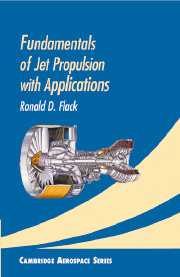
Fundamentals of Jet Propulsion with Applications
-
- Published online:
- 05 June 2012
- Print publication:
- 25 April 2005
-
- Book
- Export citation

Elements of Continuum Mechanics and Thermodynamics
-
- Published online:
- 05 June 2012
- Print publication:
- 13 April 2009
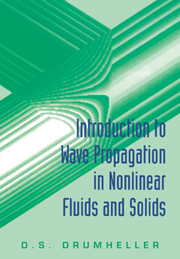
Introduction to Wave Propagation in Nonlinear Fluids and Solids
-
- Published online:
- 05 June 2012
- Print publication:
- 13 February 1998
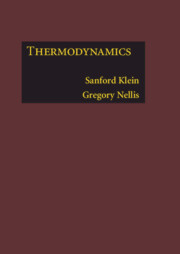
Thermodynamics
-
- Published online:
- 05 June 2012
- Print publication:
- 10 October 2011
-
- Textbook
- Export citation
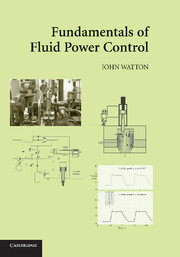
Fundamentals of Fluid Power Control
-
- Published online:
- 05 June 2012
- Print publication:
- 24 August 2009
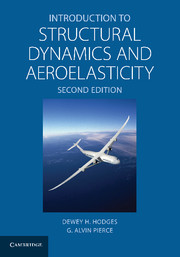
Introduction to Structural Dynamics and Aeroelasticity
-
- Published online:
- 05 June 2012
- Print publication:
- 22 August 2011

Gasoline, Diesel, and Ethanol Biofuels from Grasses and Plants
-
- Published online:
- 05 June 2012
- Print publication:
- 19 April 2010

Jet Propulsion
- A Simple Guide to the Aerodynamic and Thermodynamic Design and Performance of Jet Engines
-
- Published online:
- 05 June 2012
- Print publication:
- 14 August 2003
-
- Book
- Export citation

Guided Explorations of the Mechanics of Solids and Structures
-
- Published online:
- 05 June 2012
- Print publication:
- 21 September 2009
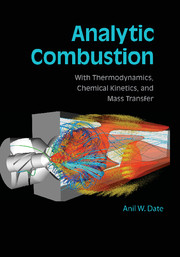
Analytic Combustion
- With Thermodynamics, Chemical Kinetics and Mass Transfer
-
- Published online:
- 05 June 2012
- Print publication:
- 07 March 2011
-
- Book
- Export citation

Mass and Heat Transfer
- Analysis of Mass Contactors and Heat Exchangers
-
- Published online:
- 05 June 2012
- Print publication:
- 11 February 2008
-
- Textbook
- Export citation

Shock Wave-Boundary-Layer Interactions
-
- Published online:
- 05 June 2012
- Print publication:
- 12 September 2011
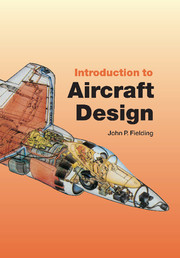
Introduction to Aircraft Design
-
- Published online:
- 05 June 2012
- Print publication:
- 14 October 1999
-
- Book
- Export citation
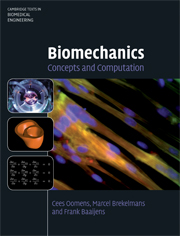
Biomechanics
- Concepts and Computation
-
- Published online:
- 05 June 2012
- Print publication:
- 02 February 2009
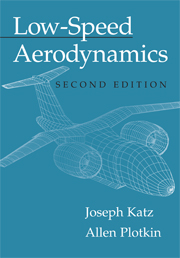
Low-Speed Aerodynamics
-
- Published online:
- 05 June 2012
- Print publication:
- 05 February 2001
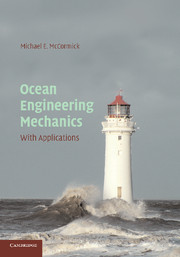
Ocean Engineering Mechanics
- With Applications
-
- Published online:
- 05 June 2012
- Print publication:
- 12 October 2009
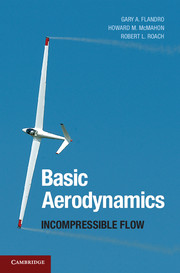
Basic Aerodynamics
- Incompressible Flow
-
- Published online:
- 05 February 2012
- Print publication:
- 14 November 2011
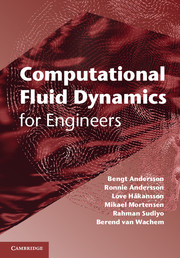
Computational Fluid Dynamics for Engineers
-
- Published online:
- 05 January 2012
- Print publication:
- 22 December 2011
Appendix
-
- Book:
- Computational Fluid Dynamics for Engineers
- Published online:
- 05 January 2012
- Print publication:
- 22 December 2011, pp 181-184
-
- Chapter
- Export citation
